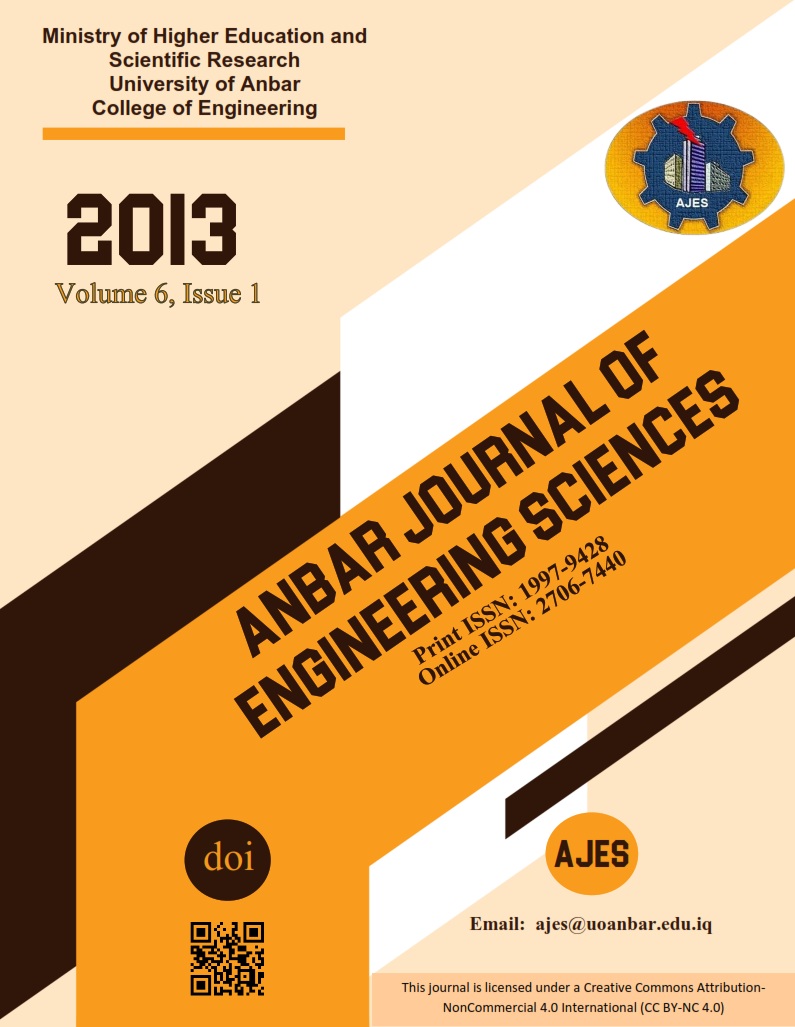Abstract
Film cooling is one of the methods used to protect the surfaces exposed to hightemperature flows, such as those exist in gas turbines. It involves the injection of coolant fluid (at a lower temperature than that of the main flow) to cover the surface to be protected. This injection is through holes that can have various shapes; simple shapes, such as those with straight cylindrical or shaped holes (included many holes geometry, like conical holes). The computational results show that immediately downstream of the hole exit, a horseshoe vortex structure consisting of a pair of counter-rotating vortices is generated. This vortex generation affected the distribution of film coolant over the surface being protected. The fluid dynamics of these vortices are dependent upon the shape of the film cooling hole, and blowing ratio, therefore the film coolant coverage which determines the film cooling effectiveness distribution and also has an effect on the heat transfer coefficient distribution. Differences in horseshoe vortex structures and in resultant effectiveness distributions are shown for cylindrical and conical hole cases for blowing ratios of 0.5 and 1. The computational film cooling effectiveness values obtained are compared with the existing experimental results. The conical hole provides greater centerline film cooling effectiveness immediately at the hole exit, and better lateral film coolant coverage away of the hole exit. The conical jet hole enhanced the average streamwise adiabatic film cooling effectiveness by 11.11% and 123.2% at BR= 0.5 and 1.0, respectively, while in the averaged lateral adiabatic in the spanwise direction, the film cooling effectiveness enhanced by 61.75% and 192.6% at BR= 0.5 and 1.0, respectively
